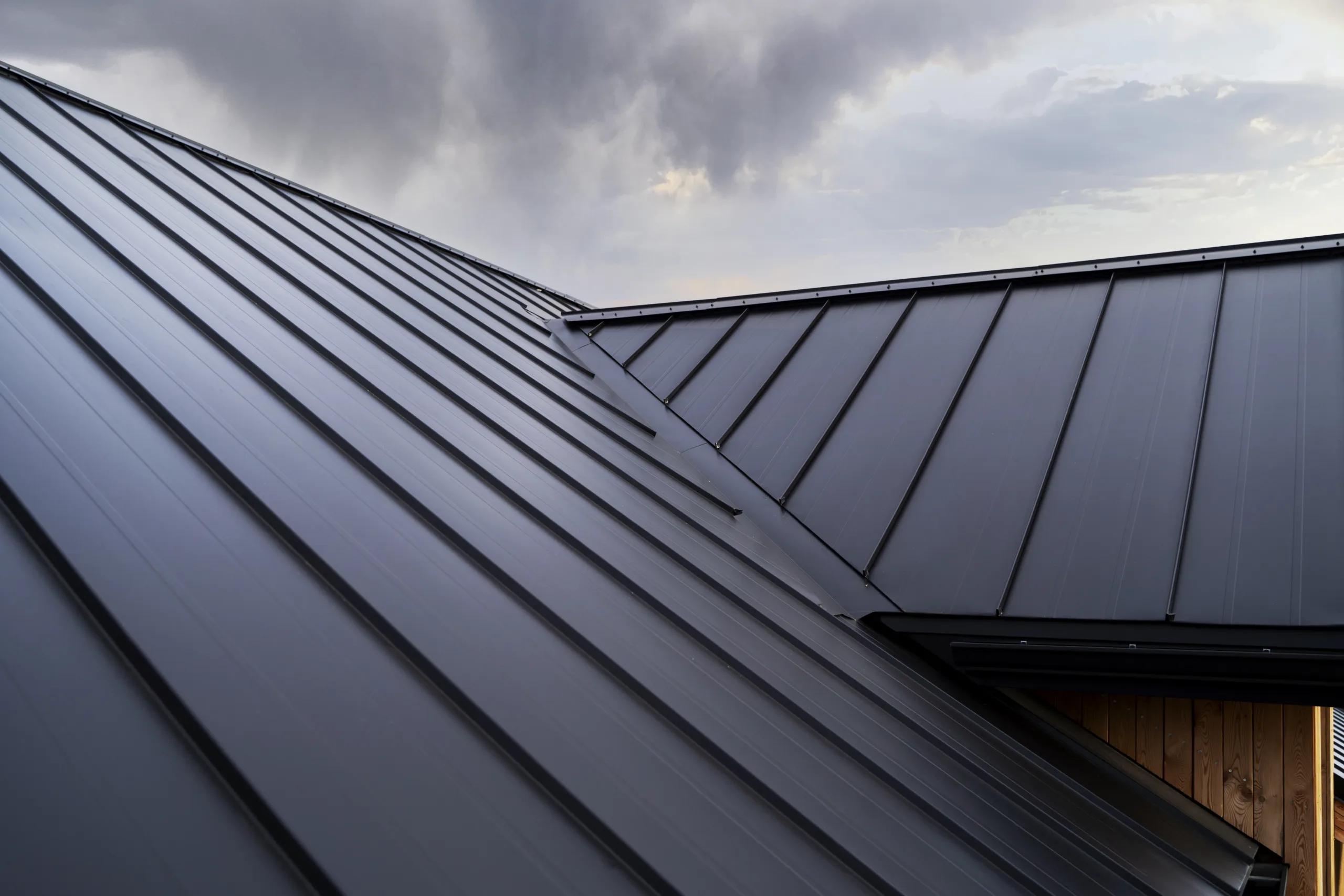Harvesting Rainwater in New Zealand: Roofing Surfaces, Safe Collection, and What to Watch Out For
By Water M D – Concrete Water Tank Cleaning & Repairs Across New Zealand

Image by Freepik
New Zealanders are no strangers to harvesting rainwater for household use. With increasing concerns about sustainability, self-sufficiency, and water quality, rainwater collection systems have become a vital part of many Kiwi homes — especially in rural and off-grid areas. But while having a good tank is essential, the journey of your water begins on the roof. So, what roofing materials are used in New Zealand for rainwater harvesting, and how do they affect your water quality?
Let’s break it down.
______________________________________
Common Roofing Surfaces for Rainwater Collection in New Zealand
1. Colorsteel®/Zincalume® (Coated Metal Roofs)
These coated steel roofs are among the most popular in New Zealand. Colorsteel is specifically designed to withstand NZ’s tough weather and is generally considered safe for rainwater harvesting — provided it’s maintained properly. Over time, debris, rust, and surface wear can affect water taste and safety.
2. Galvanised Iron (Older Metal Roofs)
Galvanised iron roofs are still found on many older properties. They can leach zinc and other metals into your water over time, especially if corroded. While not immediately dangerous, long-term exposure to high levels of metals is not ideal for drinking water. Regular inspections and flushing are essential if you’re collecting from this type of roof.
3. Concrete or Cement Tile Roofs
Durable and long-lasting, these roofs are relatively inert — which means they don’t generally leach chemicals. However, moss and lichen growth is common and can affect water clarity and taste. These roofs often need moss treatments, which must be rainwater-harvesting friendly (non-toxic and biodegradable).
4. Terracotta Tiles
Aesthetically beautiful but somewhat porous, terracotta roofs can harbour microbial growth and accumulate grime that ends up in your tank. Care should be taken when using chemical cleaners on these roofs, as residues can be washed into your tank with the next rainfall.
5. Asphalt Shingles or Bitumen-based Roofing
Rare in New Zealand but found in some custom or imported homes, these surfaces are not recommended for potable rainwater harvesting. They can leach hydrocarbons and fine particles, especially as they degrade under the sun.
6. Green Roofs (Living Roofs)
While still a niche design choice, green roofs are becoming more popular. However, they are not suitable for harvesting potable water due to the presence of organic material, soil, and fertilisers that can contaminate the water.
________________________________________
Key Considerations for Safe Rainwater Collection
Regardless of your roof type, a few best practices can significantly improve the quality of your harvested water:
• Pre-filtration is critical: Install leaf guards, first-flush diverters, and gutter mesh to prevent leaves, bird droppings, and debris from entering your tank.
• Avoid chemical treatments: Be cautious with roof cleaners and treatments. Opt for products specifically marked as safe for drinking water systems.
• Regular inspections: Check your roof, gutters, and downpipes regularly for signs of damage, corrosion, or build-up.
• Tank hygiene: Even with a perfect roof, your water can be compromised if your tank isn’t clean.
________________________________________
A Final Word on Safety: It Starts at the Roof, but Ends in the Tank
At Water MD, we often see tanks that are filled with seemingly clean water but have hidden issues like sludge build-up, microbial contamination, or chemical residues — many of which originate from the roof.
Whether you’re collecting water for drinking, washing, or bathing, your roof is the first line of defence in your rainwater harvesting system. Understanding your roofing material, maintaining it well, and scheduling regular tank cleaning and inspections ensures that every drop of water is as safe as it is sustainable.
________________________________________
